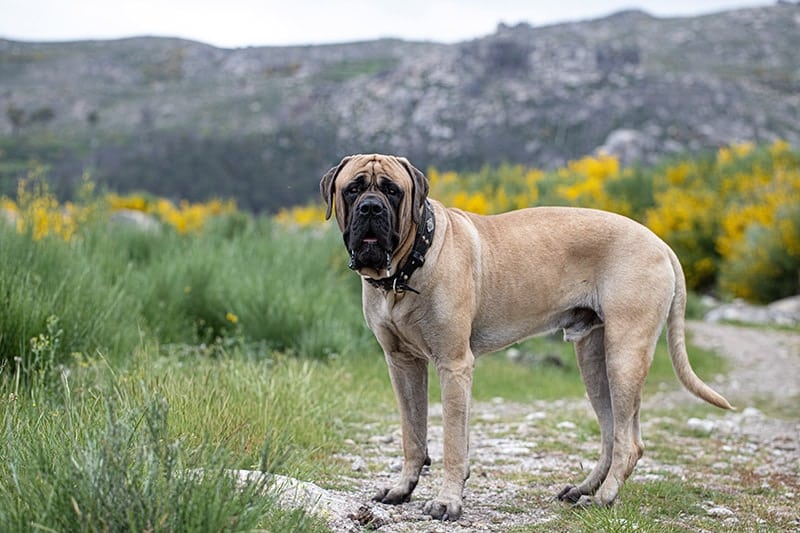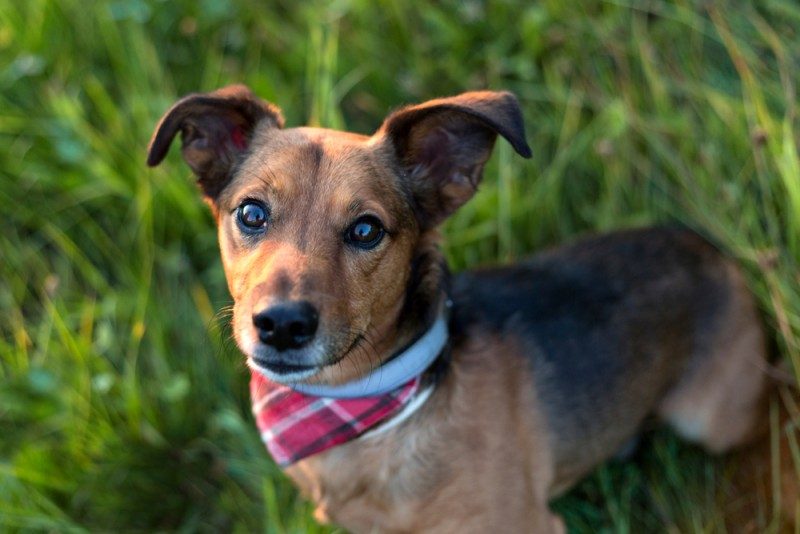Dog flu is a highly infectious disease that affects dogs all year round. It’s crucial to understand what it is and how it impacts our furry friends.
With the flu’s rapid spread, knowing how to prevent and care for affected dogs can make a world of difference. Read on to dive into the signs, causes, and tips for dealing with dog flu.
Understanding Dog Flu
Dog flu is a contagious respiratory illness affecting canines. Spread through nasal and saliva discharge, it can easily be transmitted when an infected dog coughs or sneezes. The virus can also stay alive on surfaces for up to 48 hours, allowing it to spread through shared items like bowls or toys. This is particularly concerning in environments with many dogs, like shelters. Plus, people can unknowingly carry the virus on their clothes. Once exposed, dogs take 2-4 days to show symptoms, during which they are already highly contagious. And some dogs, approximately 25%, may never show symptoms yet still spread the virus for up to 20 days.
Recognizing the Symptoms
Many dogs won’t show signs of dog flu, but most will develop respiratory symptoms like coughing, runny noses, and fever. Other symptoms include lethargy, eye discharge, and decreased appetite. Most dogs recover within 2-3 weeks, but severe cases can lead to pneumonia, which is dangerous. The H3N2 strain tends to cause more severe symptoms. Of course, some dogs are more susceptible than others. Older dogs, puppies, and flat-faced breeds like Pugs and Bulldogs are at higher risk, along with those having pre-existing health conditions.
Unraveling the Causes
Dog flu is caused by an influenza virus known to many from human flu seasons. You’ve heard of H1N1 or H3N2? Those are influenza classifications tied to specific proteins. Canine influenza similarly has different strains, like H3N8 and H3N2. These originated from horses and birds, respectively. It’s similar to flu strains found in other animals like swine. Each strain’s name links back to the species where it was first identified.
Caring for a Dog with Flu
Prevention and Vaccination
There’s a vaccine for dog flu. It doesn’t guarantee 100% protection, but vaccination can make symptoms milder if your dog catches the flu. Dogs in high-risk environments like kennels or those who travel often should definitely consider vaccination. Also, tap into your vet’s wisdom about the pros and cons for your furry companion.Seeking Veterinary Help
Don’t delay visiting the vet if your dog shows respiratory symptoms. If breathing becomes difficult or your dog turns abnormally lethargic, it’s an emergency! Vets might recommend tests, rest, fluids, and possibly antibiotics to fight infection. Each dog’s treatment plan might differ.Isolation Protocol
Quarantine your dog for at least 4 weeks after symptoms appear. This minimizes the risk of spreading it further. Disinfect your environment regularly and make sure to wash your hands and change clothes after exposure to sick dogs.Home Care Techniques
Nebulization and Coupage
Nebulization and coupage are handy home remedies. The former uses a mist to help dogs with breathing while the latter involves gentle chest taps to loosen mucus. A nebulizer can be your ally, but even a steamy shower can help. Coupage sessions don’t take long, but ensure your pet feels comfortable and not stressed. Check with your vet about the frequency of these treatments, especially if pneumonia is present.FAQs
Dog Flu vs. Kennel Cough
Both dog flu and kennel cough can present similarly. They primarily cause respiratory issues. Kennel cough, however, stems from different infectious agents, like Bordetella bronchiseptica.Can Dogs Spread Flu to Humans?
Currently, there’s no record of this flu spreading from dogs to humans. However, the influenza virus evolves constantly, and new strains might develop that could cross species lines. Vigilance is always a good idea.Final Thoughts on Dog Flu
The canine flu is widespread in the U.S., with many dogs showing mild symptoms and recovering without trouble. However, some dogs, especially those with health risks, can develop complications. Protect your pup as best as you can with preventive measures and consulting your vet for vaccination advice.
Dog flu is a manageable condition with the right precautions and prompt veterinary care.
By staying informed and vigilant, pet owners can help their dogs recover swiftly and prevent the spread of this contagious illness.










